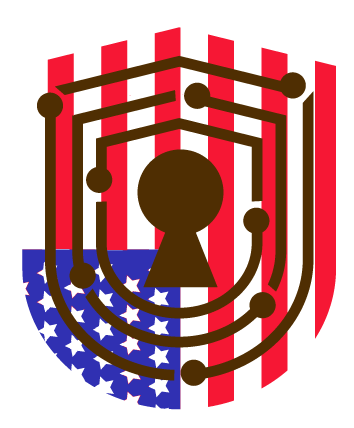Mastering CMMC Compliance
A Guide for Small Businesses
Small Business Tactics to Navigate CMMC Compliance Demands
As a small business owner delving into government contracts, you’re no stranger to the labyrinth of industry requirements. Among these is the Cybersecurity Maturity Model Certification (CMMC), a pivotal cybersecurity framework established in 2020. This certification is vital for safeguarding government data and attests that contractors have robust cybersecurity defenses in place. However, for small businesses, achieving CMMC compliance may seem daunting due to potential complexities and resource limitations.
To ease your journey, we’ve compiled a comprehensive guide outlining common challenges faced by businesses like yours, along with practical strategies to overcome them.
Understanding CMMC Compliance and Its Significance
The Cybersecurity Maturity Model Certification (CMMC) serves as a security framework aimed at protecting sensitive federal information handled by defense contractors. By addressing cyber threats, CMMC ensures that contractors possess adequate defenses to secure critical information. Compliance with CMMC signifies a business’s dedication to cybersecurity readiness, potentially opening avenues for enhanced opportunities within Department of Defense contracts that mandate stringent security measures.
Levels of CMMC Certification
CMMC categorizes cybersecurity readiness into five levels, ranging from basic cyber hygiene practices to advanced cybersecurity initiatives. These levels progressively build upon each other, incorporating more rigorous controls and processes. They include:
- Level 1: Focused on safeguarding Federal Contract Information (FCI) through basic cyber hygiene practices.
- Level 2: Acts as a transitional step towards intermediate cybersecurity maturity to protect Controlled Unclassified Information (CUI).
- Level 3: Reflects “good” cyber hygiene, incorporating advanced practices to protect CUI and encompassing all NIST SP 800-171 security requirements.
- Levels 4 and 5: Demonstrates the ability to defend CUI from Advanced Persistent Threats (APTs) and involves proactive and advanced cybersecurity practices.
Key Hurdles in Attaining CMMC Compliance
For smaller businesses with limited resources, achieving CMMC compliance presents several challenges:
- Limited Resources: Embarking on cybersecurity initiatives like CMMC compliance often encounters hurdles beyond financial investments. The scarcity of specialized staff, time constraints, and lack of essential expertise can impede not only obtaining but also maintaining the certification.
- Interpreting Confusing CMMC Criteria: The structured nature of the CMMC framework, with its five levels and corresponding self-assessment requirements, can be daunting for small businesses lacking necessary tools or expertise. Some requirements may appear straightforward, while others demand a deeper understanding of cybersecurity concepts.
- Operational Misalignment: Achieving CMMC compliance necessitates more than just technical capabilities; it requires a cultural and operational shift within the company—a company-wide readiness. Consistent adoption of new procedures and cybersecurity protocols across departments proves challenging for many smaller businesses.
- Adapting to Rapid Changes: Given the dynamic nature of the cybersecurity landscape, staying compliant with evolving CMMC guidelines requires continuous learning and flexible strategies, often stretching the capacities of smaller businesses.
Practical Tips for Successfully Navigating CMMC Compliance

To navigate these challenges effectively, consider the following strategies:
- Engage with Compliance Consultants: Seek guidance from external experts specializing in CMMC compliance to streamline the process. They can offer insights, identify deficiencies, and propose tailored strategies for improvement.
- Embrace Digital Solutions: Utilize technology tools to automate compliance activities, enhancing efficiency and accuracy while lightening the workload.
- Empower through Training: Educate employees on cybersecurity best practices and create awareness campaigns to mitigate human errors and strengthen compliance efforts.
- Embrace Incremental Progress: Adopt a step-by-step approach to compliance, focusing on critical controls initially and gradually advancing towards complete compliance.
- Integration into Strategic Planning: View CMMC compliance as an integral part of your organization’s strategic planning, ensuring cohesive execution across all departments.
By implementing these strategies, you can navigate the challenges of CMMC compliance more effectively, positioning your small business for success in government contracts while safeguarding critical information.
If you’d like more information or have any questions, please feel free to reach out to us at (505) 792-2375 or at our website. We’re here to assist you in any way we can.
Author


